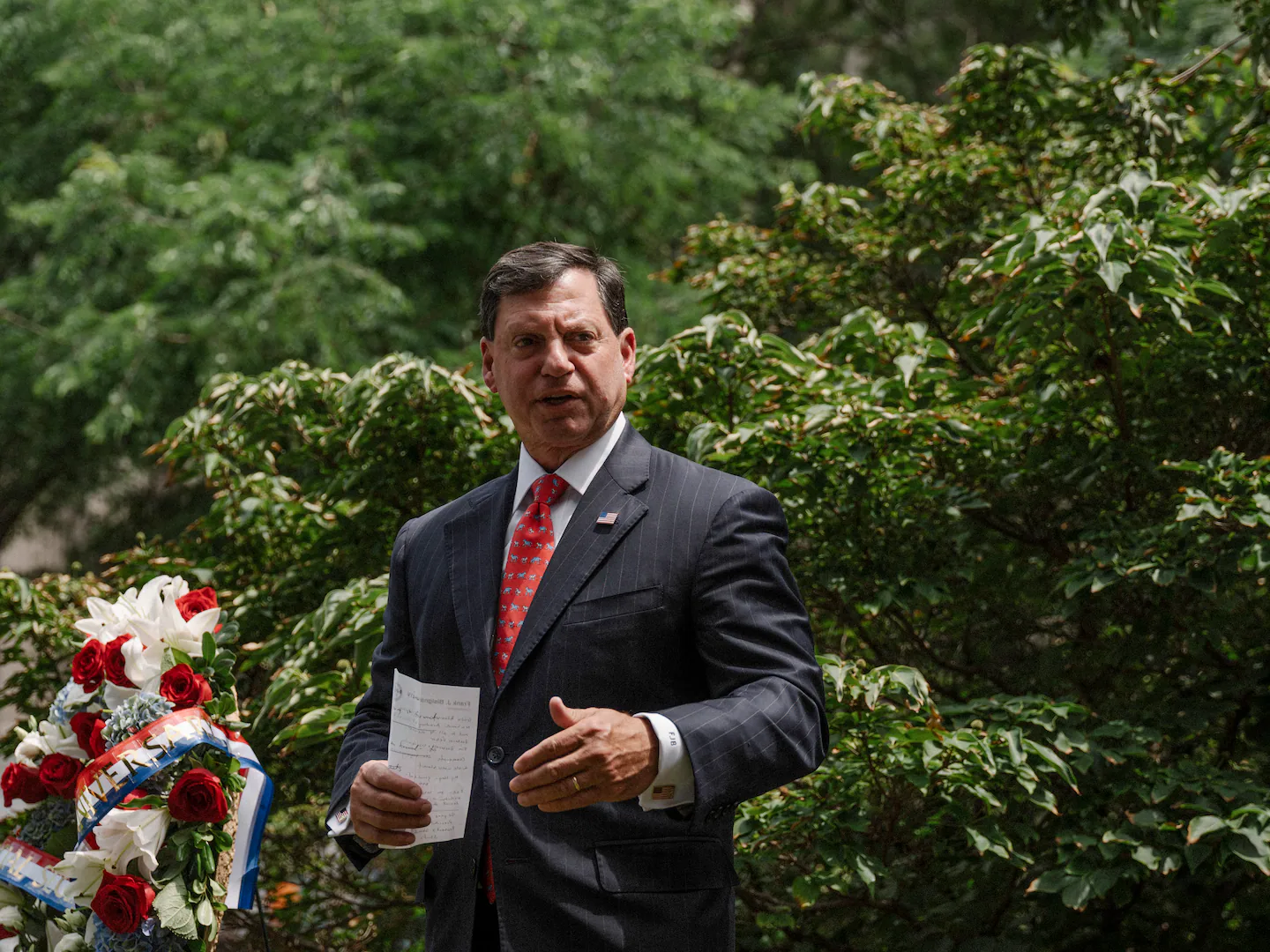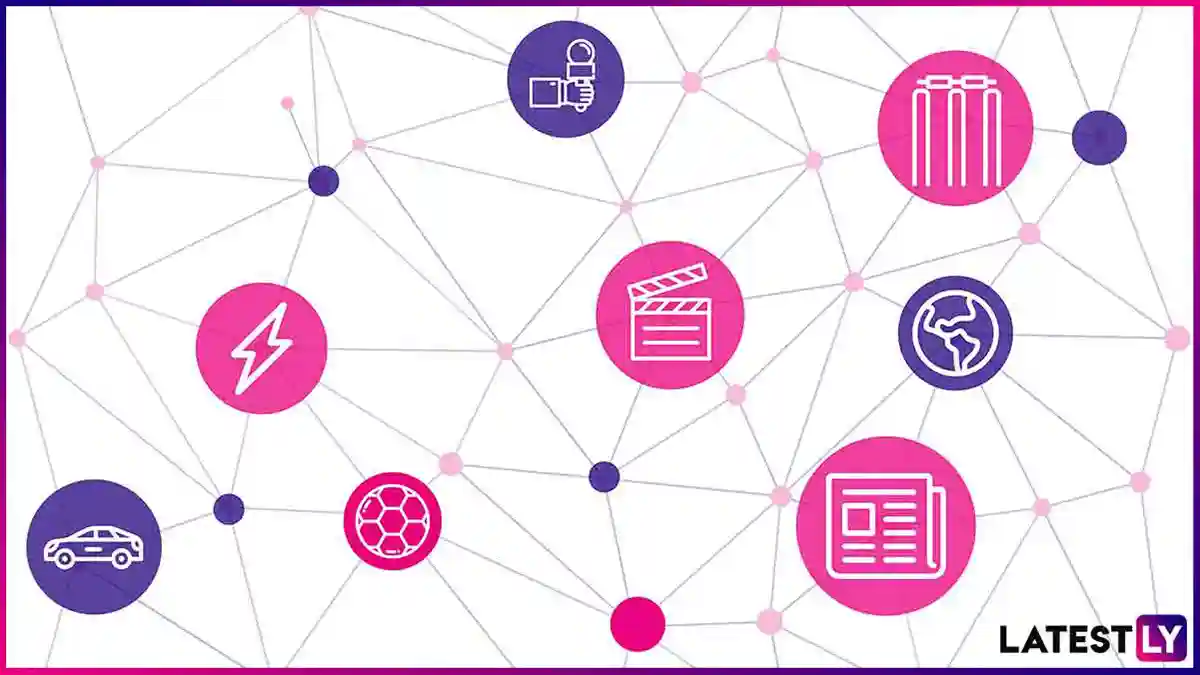
Walker, who has complex heart abnormalities and one functioning lung, headed to her local Social Security office for answers, waiting about 30 minutes before they turned her away. The earliest appointment slot wasn’t for two weeks.
“At this point, I’m crying and I’m shaking,” said Walker, 41, who is divorced. “My rent is due that week.”
Her disability checks provide crucial support, covering the $1,500 she pays each month for the home in Memphis, Tennessee, she shares with her three teenage children. She is able to hold a part-time job at a law office, but it’s not nearly enough to make ends meet.
Nearly three months later, Walker has received a couple of letters, but is still unclear on where her case stands.
The Social Security Administration, the nation’s social insurance program whose 74 million beneficiaries include retirees, survivors and the disabled, has long wrestled with customer service challenges because of chronic understaffing and budget constraints.
And that was before Elon Musk’s operatives at the Department of Government Efficiency landed at the agency earlier this year, slashing its workforce by roughly 12%. That sent the agency into a state of upheaval, while Musk and his lieutenants spread false claims of widespread fraud. Through it all, payments went out.
Today, Social Security’s field offices — the public-facing workhorses of the agency, with 1,200 locations across the country — continue to adjust to their new normal. They are dealing with a diminished workforce that has needed to shape-shift as the new commissioner, Frank Bisignano, tries to remold a crucial safety net into a “digital first” organization that also continues to serves those who prefer a more analog experience.
Nearly everyone agrees that the 90-year-old agency, powered by a complex and aging technology infrastructure, is in need of a reboot. But shrinking the staff, before making technological improvements, has made an already difficult situation worse, particularly for Social Security’s most vulnerable beneficiaries, many field staffers, legal advocates and researchers said.
And frontline workers, whose morale had already been low for years, say they are asked on a daily basis to do more with less.
The agency already lost 1,230 field office workers from March through August, according to an analysis of agency data by the AFGE Council 220, a union that represents Social Security employees. Then, in July, roughly 1,000 field office workers were diverted to work on the national phone lines, which meant they had new responsibilities while local offices had fewer people to absorb the load.
“There is a tipping point, where you can’t do more unless you are going to cut corners and not do the work properly,” said Heather Hughes, a local union president in Raleigh, North Carolina. “We don’t want to do that. We know these are people and these are people’s lives and livelihoods.”
The Tennessee office that Walker visited has lost three staffers because of DOGE-led cuts, and another four field-office workers have been assigned to work the phones on a rotating basis.
“Customer service representatives are falling behind due to having to answer the phones,” said Ronnie Johnson, a union representative.
As of mid-September, people who need Social Security cards must wait roughly six weeks for an appointment in Walker’s local office. Other offices do not even have open slots.
The agency maintains that it has made changes to redirect work elsewhere so field offices can take on the added responsibility. “Due to these efforts, we have improved service on the National 800 Number without adversely affecting service in the field offices,” a spokesperson said.
Some of the plans introduced this year could eventually begin to alleviate some of these issues. They include measures to automate simple retirement claims, as well as to digitize Social Security cards, making it possible to get a replacement card online and add it to Google and Apple wallets, according to internal agency materials reviewed by The New York Times.
“The process to get a digital SSN into the phone is one of my No. 1 priorities,” Andy Sriubas, who was recently appointed to lead the agency’s vast field operations, said on an internal call with agency staffers also reviewed by the Times. Sriubas was most recently an executive at Outfront Media, a billboard company, but said he worked with Bisignano at JPMorgan during the financial crisis.
The agency also has plans to centralize claims processing so that more staffers can handle cases nationwide, instead of only ones from local offices. Early efforts to streamline calls have been bumpy. Callers who were trying to reach their local field office have been routed to other offices that couldn’t access or make changes to their cases.
Bisignano learned about the issue during a field office visit, and made fixes to address it.
The commissioner may eventually have a larger technology budget than his predecessors for digital modernization. In the president’s 2026 budget, the agency requested an additional $600 million for information technology, but it keeps its overall allocation for customer service steady for the third straight year — in other words, it appears the spending has shifted from payroll to tech.
“Commissioner Bisignano has been stuck reshuffling the remaining staff, trying to solve the most immediately visible customer service challenges, and hoping that technological breakthroughs will help in the longer term,” said Kathleen Romig, the director of Social Security and disability policy at the Center on Budget and Policy Priorities, a research group. “It remains to be seen whether that will turn things around, but millions of people are counting on him to succeed.”
Those people include the agency’s most vulnerable claimants, from the homeless to those without internet access. Preliminary findings from a study by a group of academic researchers to be released in October said that access to services — while never easy — had worsened since early 2025, especially for that population.
“Respondents overwhelmingly reported that compounding administrative breakdowns — loss of staff with specialized knowledge, rapidly changing policies, significantly worse processing delays, more frequent errors with emails and faxes routinely lost _ have made even basic tasks impossible,” said Katie Savin, the lead author and assistant professor at California State University, Sacramento. The results are “devastating consequences to claimants who’ve experienced hunger, eviction, and loss of health care as a result.”



